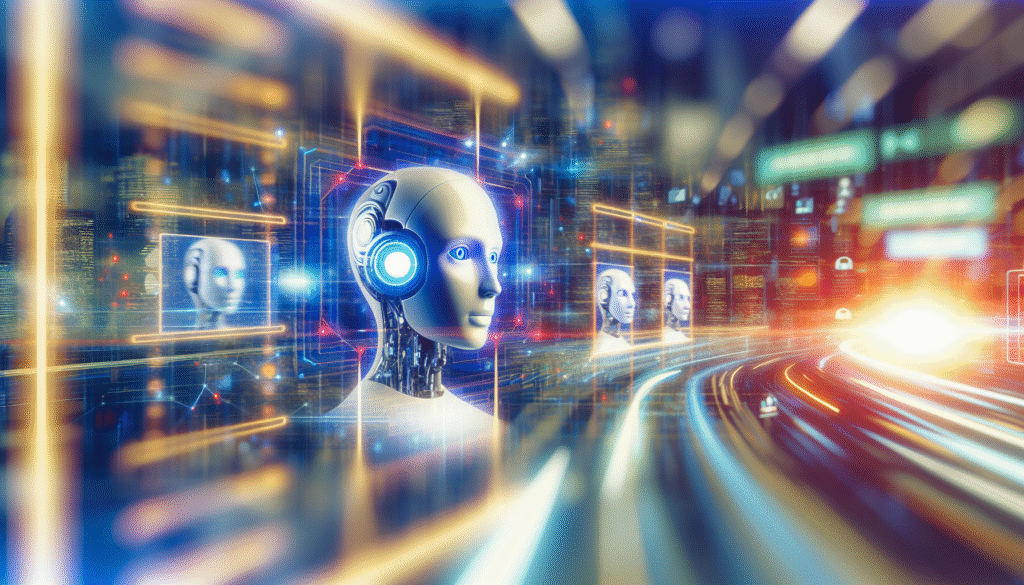Mastering HR Recruitment: A Comprehensive Guide
In today’s competitive job market, effective HR recruitment is essential for organizations striving to attract the right talent. This article delves into the intricacies of the recruitment process, examining key components including sourcing, screening, and interviewing candidates. With insights into contemporary recruitment practices, we aim to equip HR professionals with strategies that enhance their hiring outcomes. Understanding the Recruitment Process The recruitment process is a multifaceted journey that requires careful navigation through distinct stages. It begins with a thorough job analysis, where organizations define the specific skills, qualifications, and attributes needed for a role. This foundational step is crucial as it sets the tone for the entire recruitment effort. Following the analysis is the kick-off call between recruiters and hiring managers, a pivotal moment to ensure both parties align on expectations and understand the nuances of the role. This collaboration aids recruiters in honing their search and communicating the necessary competencies to potential candidates. Sourcing candidates effectively is the next stage, which encompasses a variety of strategies. Recruiters may tap into internal talent pools, promoting employee referrals, or utilize external platforms such as job boards, social media, and industry-specific networks to attract a diverse range of applicants. Once a suitable pool is identified, the screening and selection process begins. This phase often involves assessing resumes, conducting initial interviews, and evaluating skills through assessments or tests. Emphasizing the importance of cultural fit, recruiters must gauge how well candidates align with the organization’s values and team dynamics during interviews, ensuring not just technical proficiency, but a harmonious integration into the workforce. Conclusions In summary, effective HR recruitment encompasses a multifaceted approach involving strategic sourcing, thorough screening, and personalized candidate engagement. By understanding and implementing these elements, organizations can significantly improve their hiring practices, ultimately leading to better employee retention and organizational success. Embrace these strategies to stay ahead in the ever-evolving recruitment landscape.

